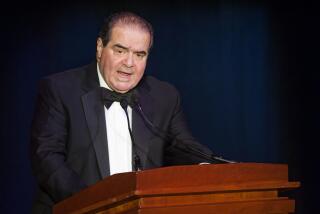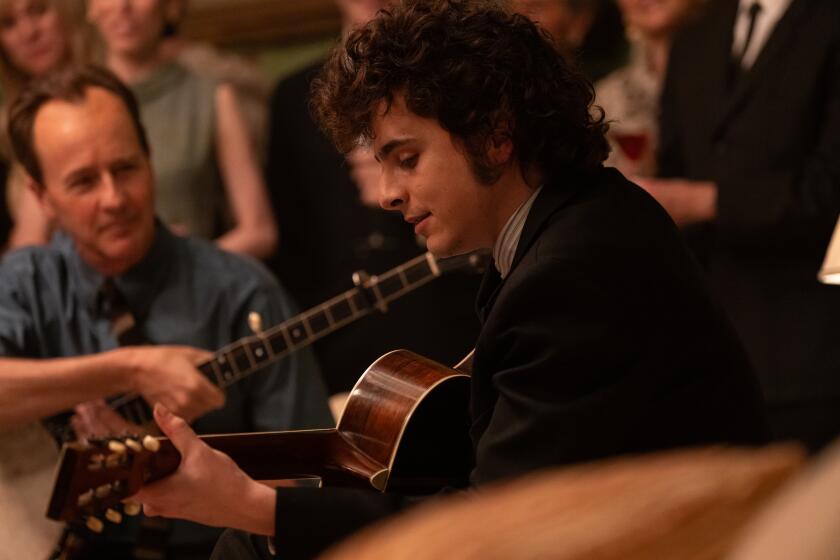‘Bizarre Use of the Law’
- Share via
Your editorial points out the bizarre use of a specific law in obtaining the conviction of Harold Freeman, a producer of sexually explicit films. It makes the point that, as distasteful as such films are to many, the use of this particular statute was inappropriate. I concur with this conclusion but feel the author missed the boat in his reasoning. Permit me, a layman, to put in my two cents.
The editorial bases its conclusion on this being a violation of Freeman’s rights under the First Amendment to the Constitution of the United States of America, which states, “Congress shall make no law abridging . . . the freedom of speech.” Note that the Congress, rather than the state governments, is prohibited from enacting such laws. The “anti-pimp” law used in this case was enacted by the California Legislature.
To me, the crux of the matter appears in the middle of the editorial where Justice Eugene McCloskey is credited with noting that “. . . in 1970 the California Supreme Court said, ‘Acts which are unlawful in a different context, circumstance or place may be depicted or incorporated in a stage or screen presentation and come within the protection of the First Amendment, losing that protection only if found to be obscene’.” This ruling absolves Freeman unless the film has been legally determined to be obscene, which has apparently not been accomplished.
I concur that prosecution under the “anti-pimp” law is bizarre if that label accurately defines the intent of the statute and if the term “pimp” means a person who provides for prostitutes using funds taken from the earnings of these very prostitutes. Here, the actresses contracted to engage in specific sexual acts before the cameras. This could be considered to be prostitution but the actions of the producer were not those of a “pimp.” For a conviction based on this law to be upheld by an appellate court, as it was in this case, is appalling.
Accordingly, it seems that Justices Robert Kingsley and John Arguelles, plus the judge who heard the original case if it was not a jury verdict, have rendered a judgment tending to indicate a lack of competence while Justice McCloskey has enhanced his image.
JACK H. HUSMANN
Torrance
More to Read
Only good movies
Get the Indie Focus newsletter, Mark Olsen's weekly guide to the world of cinema.
You may occasionally receive promotional content from the Los Angeles Times.









